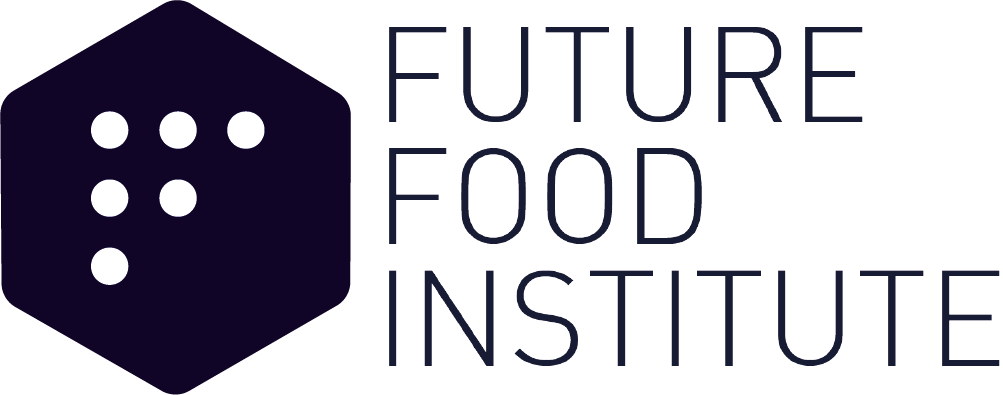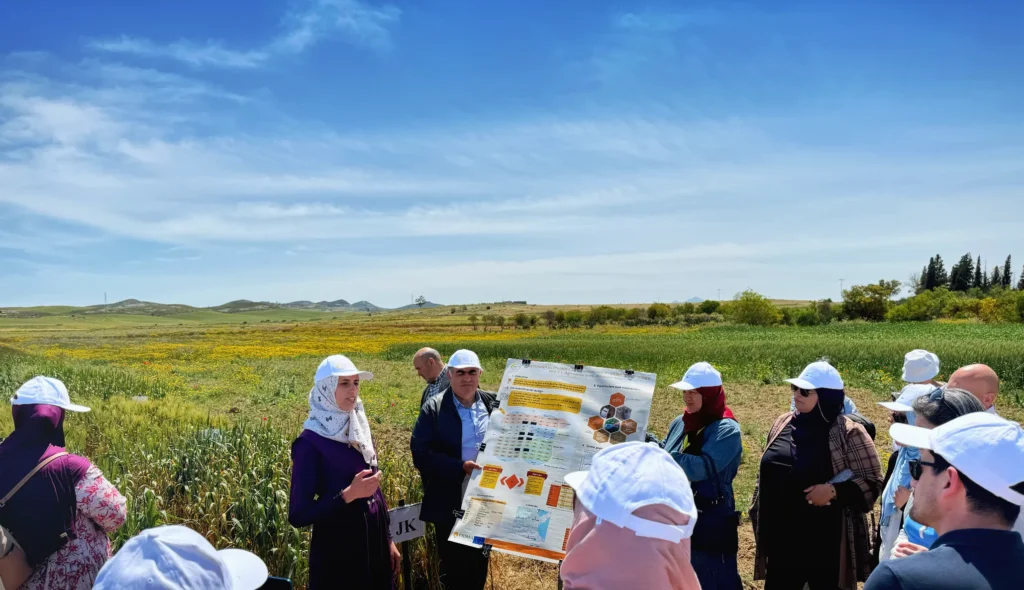The SEEDS Project and Future Food’s Living Labs
Global Food Security in 2025: A Precarious Balance
In 2025, the global food security landscape is facing unprecedented challenges, with the Middle East and North Africa (MENA) region at the epicenter of a multifaceted crisis. Recent UN data reveal that 66.1 million people in the Arab region — about 14% of the population — faced hunger in 2023, while 186.5 million (nearly 40%) experienced moderate or severe food insecurity, and 72.7 million were in conditions of severe food insecurity. These numbers are rising, driven by a combination of conflict, economic shocks, and climate extremes. Projections indicate further deterioration due to ongoing conflicts and persistent droughts. Cereals, which serve as the dietary backbone for MENA populations, with an average per capita consumption of approximately 200 kg per year—the highest worldwide—are under acute threat due to a convergence of climate shocks, rapid population growth, and persistent geopolitical instability. Over the past decade, the region has experienced a significant increase in the frequency and severity of droughts, heatwaves, and water scarcity, resulting in substantial declines in local cereal production. For example, Tunisia reported an 80% decrease in cereal output and Algeria a 12% drop in 2024 alone. These disruptions have driven up grain prices, making it increasingly difficult for millions of households to afford staple foods essential for a healthy, balanced diet.
At the same time, the MENA region’s heavy dependence on cereal imports — often exceeding 50% of domestic consumption — has made it extremely vulnerable to global market volatility and supply chain disruptions. This vulnerability is compounded by changing consumer habits, with a growing preference for processed foods that often lack nutritional value, further undermining public health and resilience. The urgency to transform food systems and restore local, climate-adapted cereal value chains has never been greater, as highlighted by the FAO, which warns that the region remains off track to meet its food security and nutrition targets by 2030.
The SEEDS project, co-funded under the PRIMA Programme of the European Union with a budget of nearly €2.75 million and a 36-month timeline, addresses these challenges directly by aiming to revitalize the cultivation and consumption of ancient grains in four key MENA countries: Egypt, Jordan, Morocco, and Tunisia. SEEDS leverages the region’s status as a secondary center of cereal diversity, focusing on the resilience of ancient grains — such as einkorn, emmer, and barley — which have historically thrived in harsh Mediterranean environments and are naturally resistant to current climate stresses, pests, and diseases. By integrating innovative agri-food business models (AKIS), Living Labs, and a digital knowledge-sharing platform, SEEDS aims not only to safeguard food security and sovereignty but also to empower communities, support gender-inclusive agricultural practices, and foster a new generation of sustainable and healthy food environments. This holistic approach positions SEEDS as a beacon for systemic change, aiming to ensure that the MENA region can withstand future shocks and contribute to the global effort to secure nutritious food for all.
The SEEDS Project: A Blueprint for MENA’s Cereal Resilience
Co-funded by the European Union’s PRIMA Programme (€2.7 million over 36 months), SEEDS unites 12 partners across the EU and MENA, including research institutions, agribusinesses, and NGOs, to address systemic vulnerabilities in cereal production. The project’s four pillars are:
- Reviving Ancient Grains: Reintroducing drought-resistant varieties like sorghum and millet, which require 30% less water than wheat and tolerate temperatures up to 42°C.
- Smart Agricultural Practices: Deploying ICT tools like the InnovAKIS platform to provide real-time data on soil health, pest outbreaks, and market trends to farmers.
- Policy Harmonization: Advocating for regional standards to streamline cross-border trade and incentivize climate-smart farming.
- リビングラボ: Co-creating solutions with local stakeholders through hands-on experimentation hubs — a strategy central to the Future Food Institute’s (FFI) contribution.
Future Food Institute’s Living Labs: Catalyzing Participatory Innovation
As a leader in living lab methodologies, the Future Food Institute (FFI)is operationalizing four SEEDS Living Labs in Morocco, Tunisia, Jordan, and Egypt, building on its decade of experience establishing similar hubs in Italy, Japan, and the U.S. These labs serve as:
1. Collaborative Ecosystems for Agroecological Transition
Each lab integrates farmers, policymakers, researchers, and entrepreneurs through a quadruple-helix model. For example, in Tunisia’s Living Lab, the National Agronomic Research Institute (INRAT) collaborates with smallholder farmers to test sorghum cultivars in saline soils, achieving a 15% yield increase compared to traditional wheat. Similarly, Jordan’s lab collaborates with the National Agricultural Research Center (NARC) to optimize water-efficient irrigation systems for barley, resulting in a 25% reduction in usage.
2. Scaling Ancient Grains Through Value Chain Integration
FFI’s labs prioritize market linkages to ensure economic viability. In Egypt, where wheat imports cost $5.2 billion annually, the lab connects millet producers with bakeries and retail chains, creating a new revenue stream for 2,300 farmers. Meanwhile, Morocco’s lab collaborates with cooperatives to develop gluten-free couscous from teff, targeting the European health food market worth $8.3 billion.
3. Policy Incubators for Climate Adaptation
The labs also function as advocacy platforms. In July 2024, FFI convened partners from across the MENA region at its Mediterranean Hub in Pollica, Italy, at Paideia Campus to draft a regional strategy aimed at reducing cereal import dependency by 35% by 2030. This aligns with the EU’s Farm to Fork objectives and the UN’s Sustainable Development Goals (SDG 2: Zero Hunger).

